reblogged from January 2013, on occasion of her birthday. Deutsche Version hier
An extraordinary woman, an Inuk from the Canadian Arctic, has passed away. On January 8, 2013, Kenojuak Ashevak died at the age of 85 after a long and successful life as a wife, mother of 14 children and artist in Cape Dorset on Baffin Island, Nunavut. She was one of the most significant representatives of Canadian art.
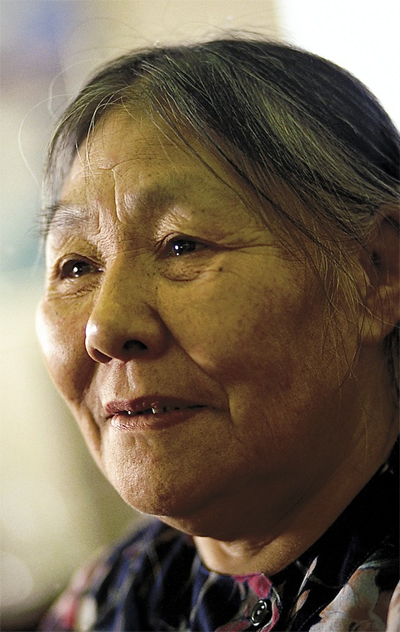
Born in an Inuit camp in 1927, her family lived in different camps along the Hudson Strait in the traditional way of the Inuit until the 1960s. During Kenojuaks three-year long stay for the treatment of tuberculosis in Québeq City from 1952 to 1955, her three children at home died. Due to the treatment of her disease, there was no opportunity for her to travel home and support her husband Johnniebo, being alone in this difficult time. It was in the hospital that she was for the first time encouraged to do arts and crafts work. After finally returning to Baffin Island, she was one of the first women to contribute to James Houston’s activities in Cape Dorset for the manufacturing and marketing of graphics and sculptures, thus contributing to the livelihood of their family.
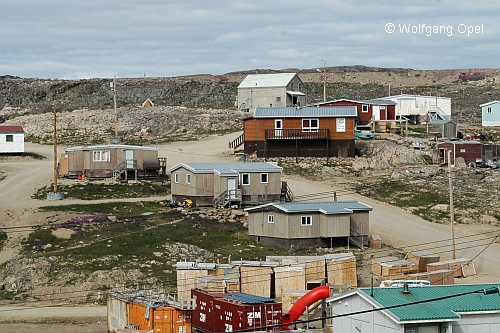
Soon, Kenojuaks extraordinary talent for drawing was discovered and her works were included in the annual graphic editions of Cape Dorset. She took her subjects from the surrounding nature. In many of her graphics, she combined motifs such as birds and fish in imaginative forms of unusual color. In over 50 years of artistic work, Kenojuak has created thousands of drawings and graphics, but also sculptures. All these, to this day, have been highly sought after by collectors and museums. Sometimes she created graphics in very large formats.
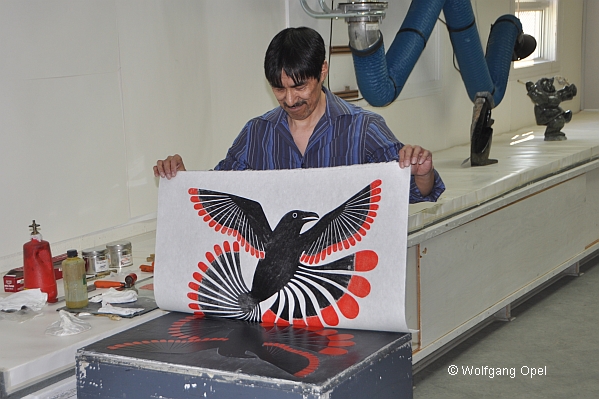
Widely published was the famous graphic „Nunavut Qajanartuk” (our beautiful country) created by Kenojuak on the occasion of the founding agreement of Nunavut, the Territory governed by the Inuit themselves. This circular graphic had to be printed in two parts by using two Litho stones, due to its extraordinary size. The two prints show the Arctic nature and the life of the Inuit in the course of the seasons. In the middle, the sky over the Arctic is arranged with Sun, Half Moon and a part of the sky with stars, which surely symbolizes the unobstructed view of 360° in the North.
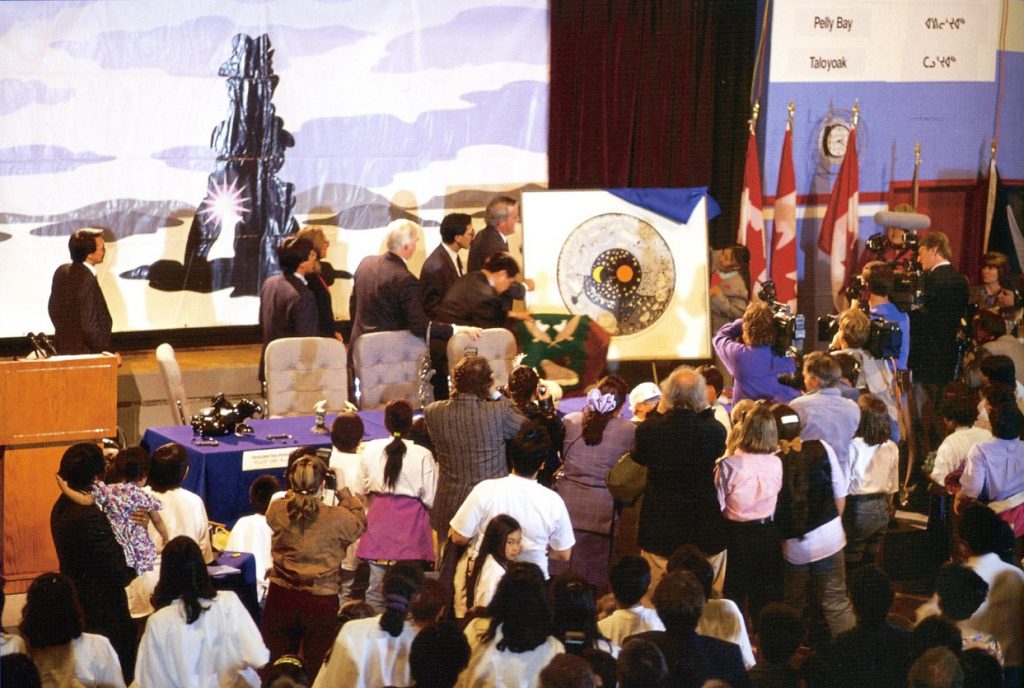
To hold the exclusivity of the special occasion, the image was printed in an edition of only three prints and then the litho stones were destroyed. The internationally renowned photographer Hans-Ludwig Blohm has photographed these graphics and, in his book „The Voice of the Natives“, published in 2001, he has documented the unveiling of the graphic by Kenojuak Ashevak (together with the then Prime Minister Mulroney), on occasion of this event, that was so important for the Canadian Inuit. More editions of the book appeared in German („Die Stimme der Ureinwohner“, vdL:Verlag in Wesel, 2004) and in Inuktitut (Nunaqaqqaaqsimajunut nipigijaujuq Kanatami ukiuqtaqtuani Alaska-milu, published in Ottawa by Foto Blohm Associates, 2004.)
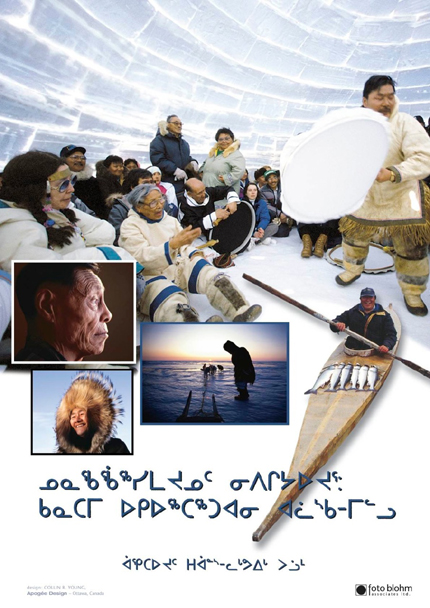
Designs by Kenojuaks are adorning coins, stamps, calendars and even a stained glass window in a church in Oakville near Toronto. The artist was a member of the Royal Canadian Academy of Arts since 1974. She was an honorary doctor of the University of Toronto as well as of Queens University Kingston. In 1982, she was appointed as a Companion to the Order of Canada, and she received the National Aboriginal Achievement Award, the most important award for indigenous artists, in 1995.
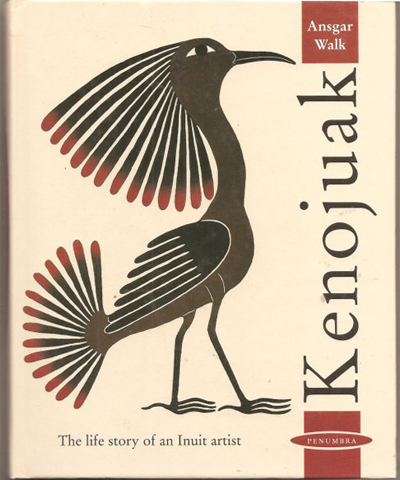
The works of Kenojuak Ashevaks work are extremely successful in galleries and at auctions; they are in the stock of many renowned museums and galleries not only in Canada but also in the United States, in Europe and Asia. In Germany, she got well-known particularly due to the book „Kenojuak“ by Ansgar Walk, as well as by exhibitions in museums and galleries. In 2004, a exhibition of several months on Burg Vischering (Lüdinghausen, Germany) was dedicated to the art of Kenojuak Ashevak. She personally took part in the opening and, on this occasion, also attended some more events and meetings in Hamburg, Berlin and Potsdam. Further exhibitions led Kenojuak to the United States, Japan and Korea.
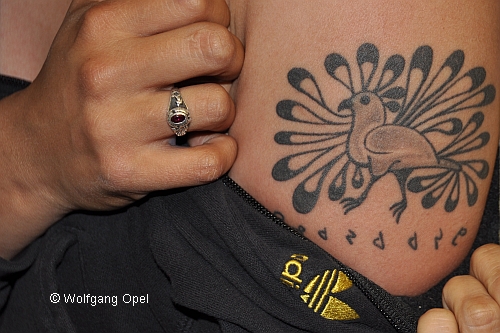
Zur deutschen Version dieses Blogs

